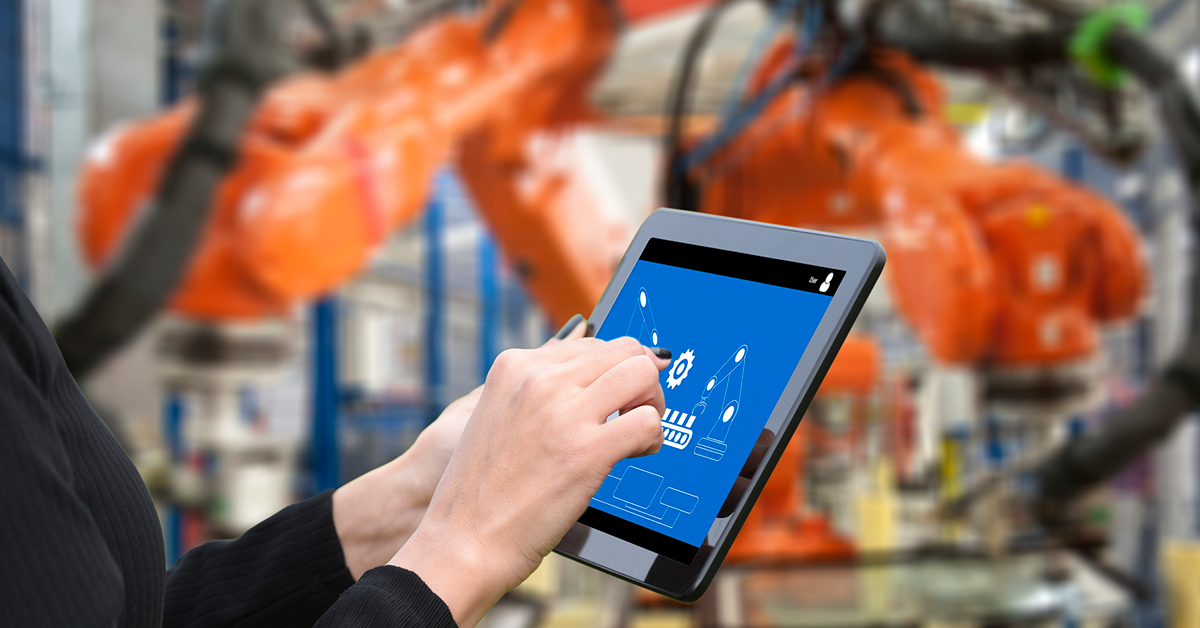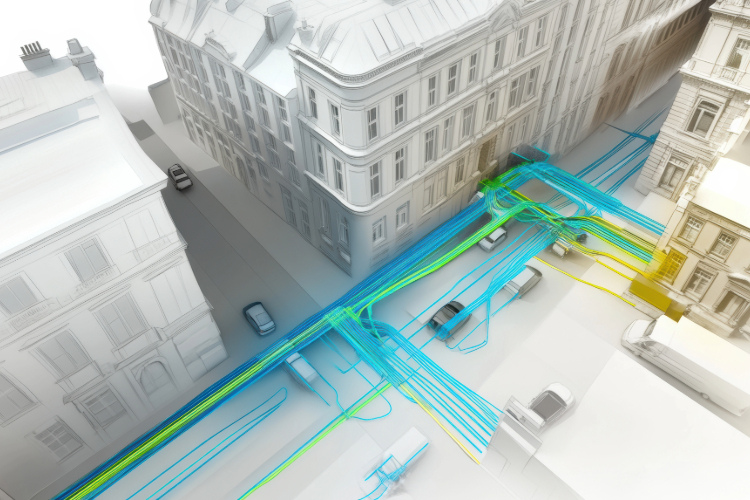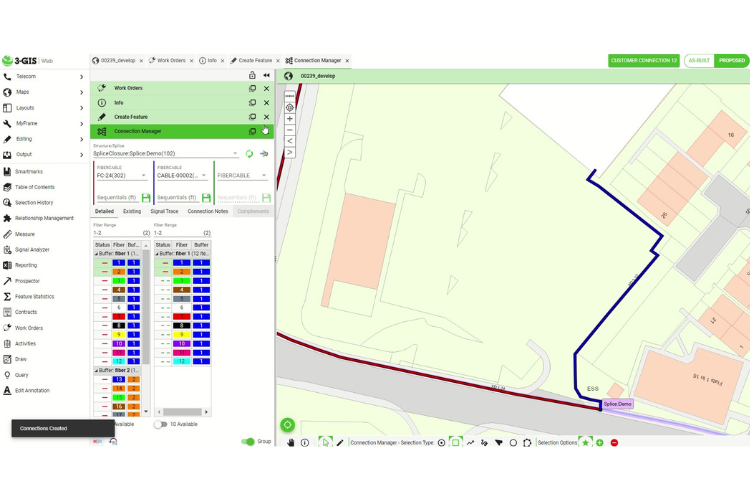Why digitize the physical layer?
Deploying new infrastructure - from fiber cable laterals to new active equipment - is fundamental for 5G network readiness and network transformation. As the number of connected devices increases, so does the complexity of asset management. Layer “zero” transformation is more than using digitization and geolocation, and maintaining the connectivity of the assets; it involves applying Machine Learning (ML) and Artificial Intelligence (AI) about the assets and situational data
to generate predictions which can be utilized to enable automation such as predicting component failures, provisioning network services, sending marketing material, and even reporting on customer sentiment.
As ML/AI applications emerge, they will not only enable autonomous processes but also create opportunities to leverage data and, in turn, create new capabilities for service providers. Benefits can be achieved in all parts of the organization. For example, by improving the planning and design processes, companies can better utilize resources, create consistency, and reduce time to revenue. 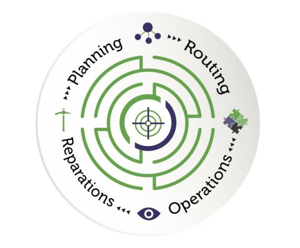
Engineering managers want their project completion documentation delivered as soon as construction is finished. By gathering data on work tasks, materials, and completion time in a structured manner, ML/AI models can be developed to assist in predicting and forecasting expected construction time. This allows for quick assessment and remediation of any tasks which stray from the predicted time frame.
Some processes encounter more difficulty due to the unique locations and conditions where the physical network is being built. It can be challenging to capture all the required data to model exceptions, and any model is only as good as its inputs. Optimization techniques can mitigate this by encoding business logic to generate consistent rules-based designs, leaving only the edge cases for human interdiction.
When creating a network design using optimization tools, it is important to be explicit about the design requirements. This, however, creates brittle solutions. By combining ML/AI and optimization, there is potential for engineering firms to deliver projects that help their service providers manage the business of the network. These include:
- Optimized routes based on revenue potential
- Projects prioritized for business goals, e.g., CapEx, OpEx, NPV, IRR
- Estimation, prediction, and tracking of costs
- Just-in-time procurement and delivery
- Smart "as-complete" billing
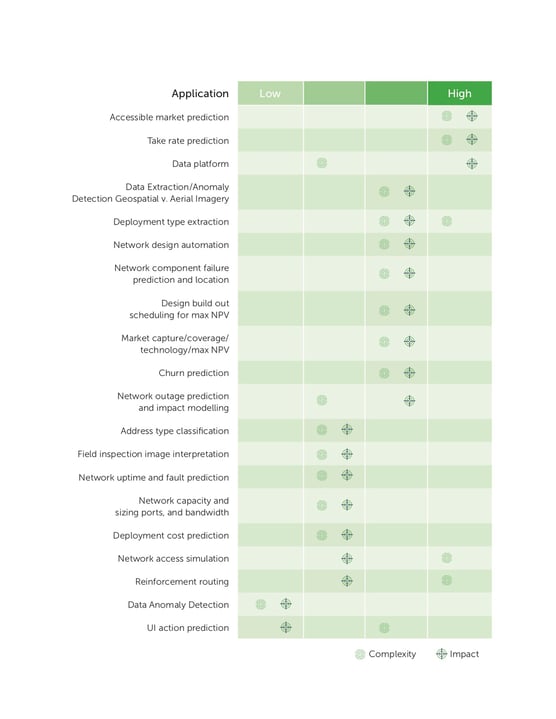
Engineering firms can also build and offer new services to their customers. Two examples of this capability are failure location analysis and resiliency design which keep the network alive when a failure occurs. Other new services include field image interpretation, uptime and fault predictions, and network access simulation. These are not only potential competitive differentiators, but they also create new lines of revenue for engineering data services and network management which provide recurring revenue for the life-of-the-network.
“Operational efficiency” is more than a euphemism for headcount reduction. By using advanced asset management technologies for operational efficiency in network planning and design processes, engineers can be allocated to higher level analysis. Where technical skills are in short supply, ML/AI allows engineering firms to more effectively deploy their resourcing power to create consistent and timely work products.
Cleaning up
For existing networks, ML/AI techniques are being applied to clean network data. ML/AI can be utilized to quickly assess the quality of the network data and eventually assist in the automatic correction of some anomalies. These models can then be used to filter inputs, preventing bad data from entering the asset management environment from manual edits, field audits, and systematic uploads.
Engineering and construction firms are looking for ways to use their domain data to deliver more services to their customers and for those services to be high value in their customers’ evolution to automation. Some of these ML/AI applications are still concepts and others are already put into practice, but in both cases the physical network is the foundational data set of the network. The data model is the encoding of the physical to the digital. Building and maintaining the veracity of this data will be essential for downstream assurance and fulfillment.
Interested in using ML/AI techniques to automate some of your workflows? Watch our latest webinar to learn what 3-GIS | Prospector can offer your team.
